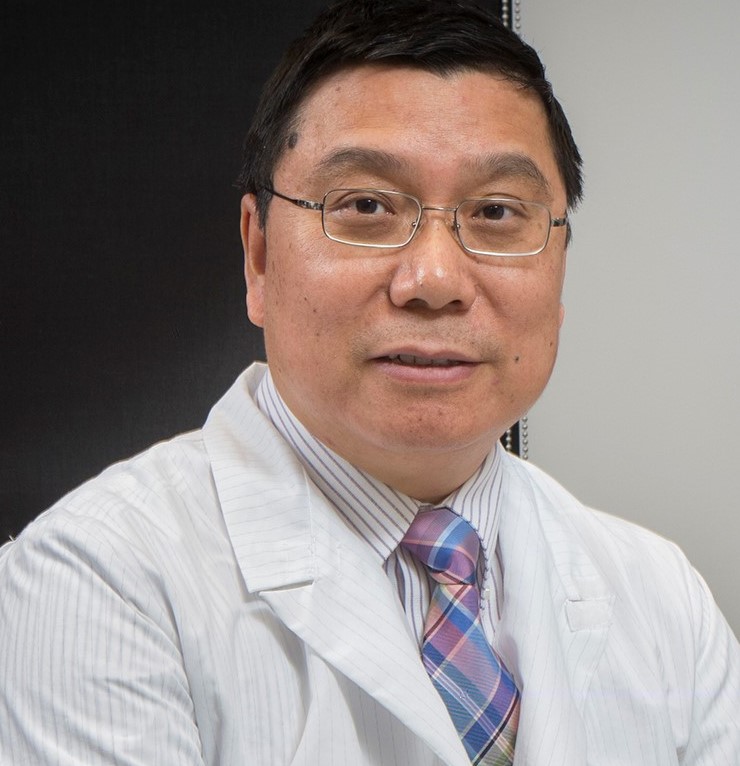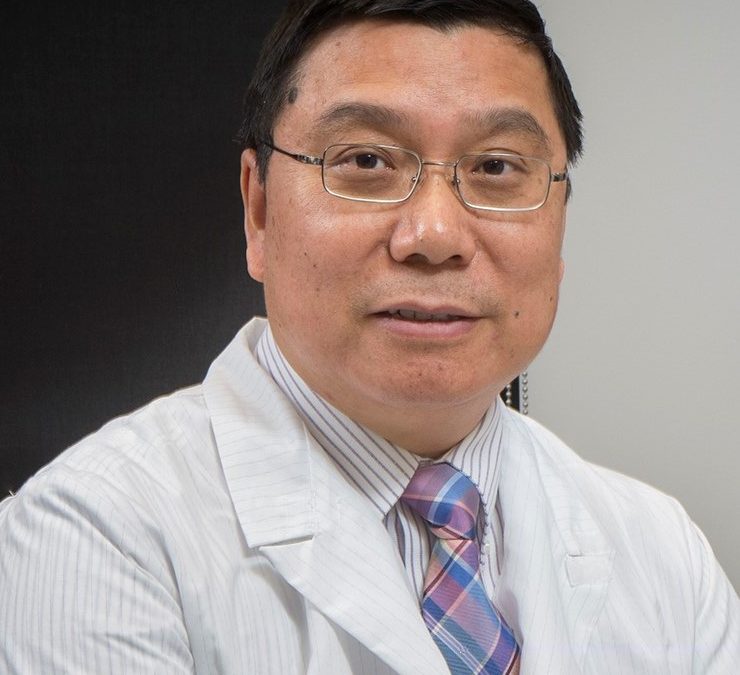
Speaker: Kaiming Ye, Ph.D.
Affiliation: Department of Biomedical Engineering
Human Tissue Biofabrication from iPSCs
Creation of highly organized multicellular constructs, including tissues and organoids, will revolutionize tissue engineering and regenerative medicine. The development of these technologies will enable the production of individualized organs for patient-tailored organ transplantation or individualized tissues for cell-based therapy. In addition, these lab-produced high order tissues and organs can serve as disease models for pathophysiological study and drug screening. We have developed an innovative tissue assembly technologies for generating physiologically funcitonal tissue organoids such as pancreatic islets from human pluripotent stem cells (HPSCs). We have invented a 3D rotary bioprinter and used it to fabricate human tissue engineered small diameter vascular grafts for blood vessel implantation. We showed that the 3D printed grafts exhited desired mechanical properties similar to human blood vessels. On another study, we biofabricated human islets from iPSCs. These organoids exhibited a tissue architecutre similar to human pancreatic islets, consisting of pancreatic α, β, δ, and pancreatic polypeptide (PP) cells. We discovered that tissue scaffolding and inspirting are critical to the generation of pancreatic endoderm and the assembly of islet architectures. The organoids formed consisted of A high level co-expression of PDX1, NKX6.1, and NGN3, suggests the characteristics of pancreatic β cells. More importantly, most insulin-secreting cells generated did not express glucagon, somatostatin, or PP. The expression of mature β cell marker genes such as Pdx1, Ngn3, Insulin, MafA, and Glut2 was detected in generated islet organoids. A high level expression of C-peptide confirmed the de novo endogenous insulin production in these organoids. Insulin-secretory granules, an indication of β cell maturity, were detected. Glucose challenging experiments suggested that these organoids are sensitive to glucose levels due to their elevated maturity. Exposing the organoids to a high concentration of glucose induced a sharp increase in insulin secretion, whereas glucagon is released when they are exposed to a low glucsoe, indicating the glucose-responsive insulin release and glucagon secretion, a characteristic physiological metabolism of the human islets.
Biography:
Dr. Kaiming Ye is Professor and Chair of Biomedical Engineering and Director of Center of Biomanufacturing for Regenerative Medicine at the Binghamton University (BU), SUNY. He is one of the world-leading scientists in advanced biomanufacturing. He is a visionary and highly accomplished administrator, researcher, and educator. He is a Fellow of American Institute for Medical and Biological Engineering (AIMBE), Fellow of Biomedical Engineering Society (BMES), and a senior member of IEEE. His research interest is focused on tissue biofabrication. His lab is one of the first groups demonstrating the feasibility of differentiating human pluripotent stem cells into biologically functional human islets that can be used for islet transplantation. His work in 3D bioprinting was featured in Prism by the American Society for Engineering Education (ASEE). His most recent work on cancer
immunotherapy led to the development of a new technology for formulating cancer immunotherapeutic vaccines. He is one of the pioneers who designed fluorescence resonance energy transfer (FRET)-enabled molecule probes for continuous glucose monitoring. His early work in developing a yeast surface protein display vector opened a venue to arm yeast for cellular surface displaying various proteins, including an enzyme that can convert cellulose to ethanol for producing renewable energy. This groundbreaking study was featured in Japanese’s two major newspapers, including Japanese Economic Daily and Japanese Industrial Newspaper. Using this technique, his group developed a H5N1 influenza vaccine and successfully tested it in a preclinical mice model in the World Health Organization (WHO)’s Global Influenza Center at St. Jude Children’s Research Hospital. As a researcher, he has secured more than $42 million research and training grants from NIH, NSF, NIST, JDRF, and industry as PI or co-PI. He is also a highly accomplished administrator and has contributed significantly to national policy-make in science and engineering. During his tenure at NSF, he directed a biomedical engineering program. He was a member of a number of interagency working groups, including the Interagency Workgroup for Neuroscience under the Office of Science and Technology Policy (OSTP), Interagency Modeling and Analysis Workgroup, and Multiagency Tissue Engineering and Regenerative Medicine Workgroup.
Date/Time:
Date(s) - Oct 10, 2019
12:00 pm - 1:00 pm
Location:
Engineering V, Room 2101
410 Westwood Plaza Los Angeles CA 90095

